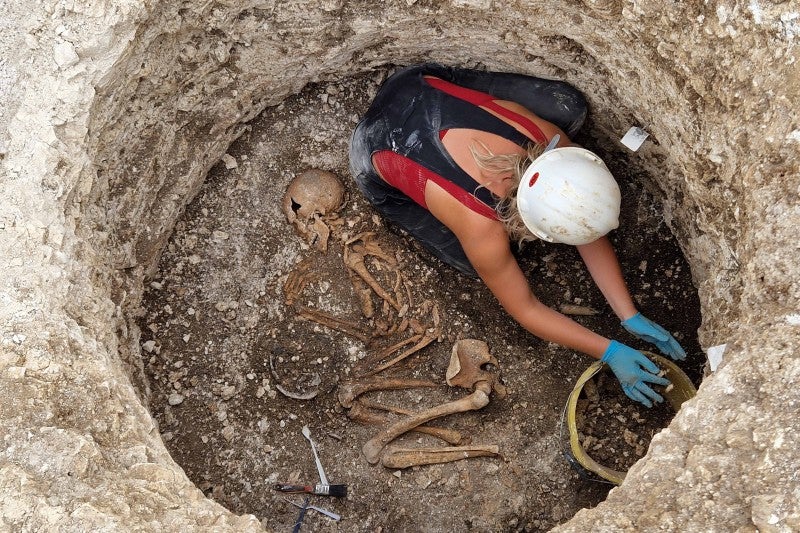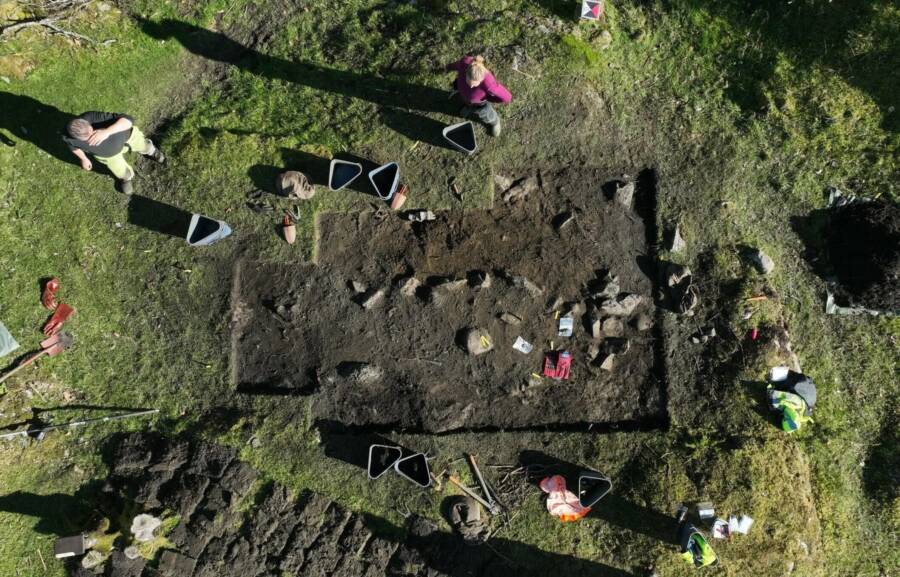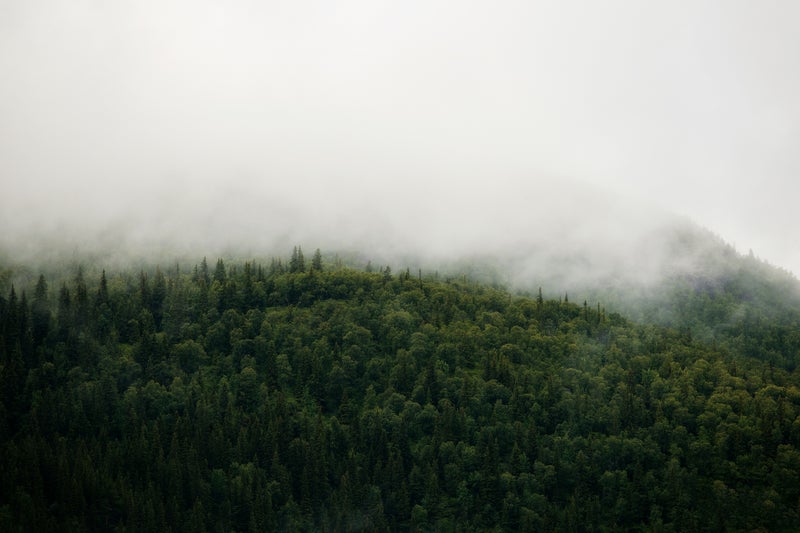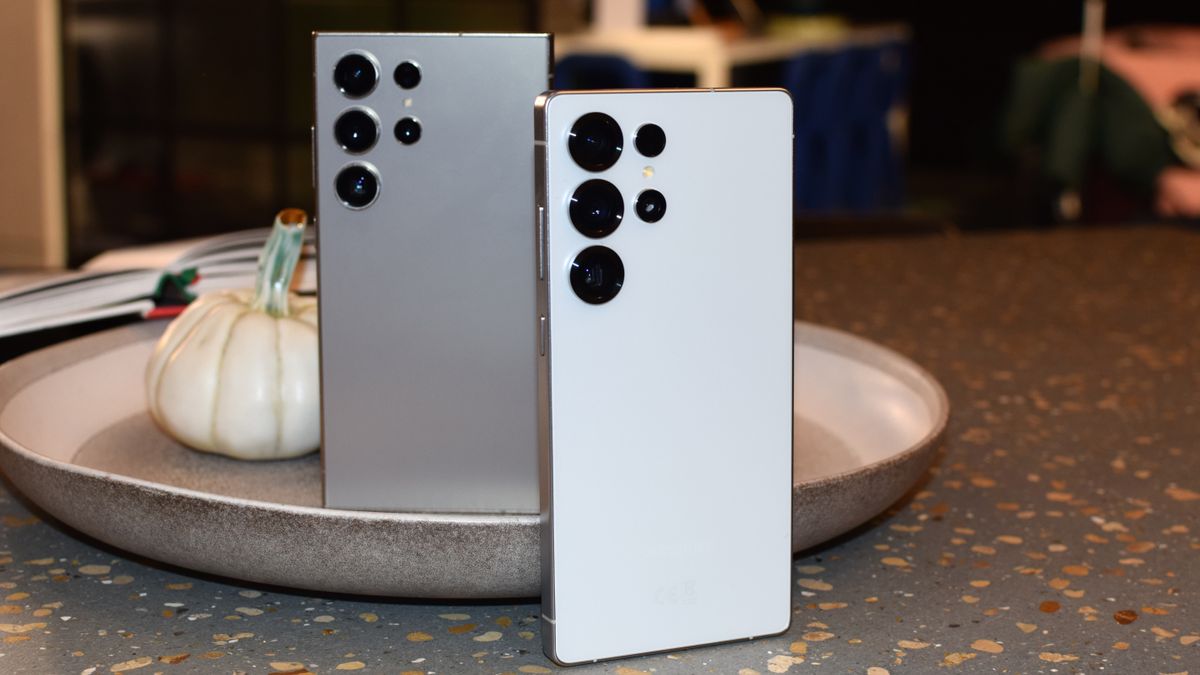Britain's Iron Age society centred on WOMEN, breakthrough study claims
Share:
The Spice Girls need to move aside, as a new study has revealed that girl power may have started 2,400 years ago. Researchers from Trinity College Dublin say that Britain's Iron Age society centred on women. According to the experts, women inherited land and made their husbands move to live with them.
![[A team of geneticists looked at evidence from 157 archaeological sites in use before and after the Roman invasion of 43AD. This included their own in-depth analysis of DNA from 55 prehistoric people whose remains were in burial grounds in Winterborne Kingston, Dorset]](https://i.dailymail.co.uk/1s/2025/01/15/15/94126351-0-A_team_of_geneticists_looked_at_evidence_from_157_archaeological-a-40_1736956156054.jpg)
These Iron Age settlements, including sites in Cornwall, Dorset and Yorkshire, are among just eight per cent of known pre-industrial societies where women controlled the land and their husbands had to leave their own families to live with them, experts believe.
![[The Dorset remains, including 40 Iron Age people, revealed six men who did not fit into the family tree and eight who did not belong to the female line of the family tree. Pictured: excavating a Late Iron Age Durotriges burial at Winterborne Kingston]](https://i.dailymail.co.uk/1s/2025/01/15/15/94126415-0-The_Dorset_remains_including_40_Iron_Age_people_revealed_six_men-a-42_1736956215123.jpg)
Women likely took control because, in the violent Iron Age we know about from hill forts and weapon stashes, men were often away and engaged in warfare. However researchers caution that this is not known for sure, and just a reasonable assumption based on DNA analysis,.
A team of geneticists from Trinity College Dublin, working with archaeologists from Bournemouth University, looked at evidence from 157 archaeological sites in use before and after the Roman invasion of 43AD. This included their own in-depth analysis of DNA from 55 prehistoric people whose remains were in burial grounds in Winterborne Kingston, Dorset.
Researchers from Trinity College Dublin say that Britain's Iron Age society centred on women. Pictured: Durotrigian burial of a young woman from Langton Herring sampled for DNA. She was buried with a mirror (right) and jewellery, including a Roman coin amulet showing a female charioteer representing Victory.
A team of geneticists looked at evidence from 157 archaeological sites in use before and after the Roman invasion of 43AD. This included their own in-depth analysis of DNA from 55 prehistoric people whose remains were in burial grounds in Winterborne Kingston, Dorset.






















